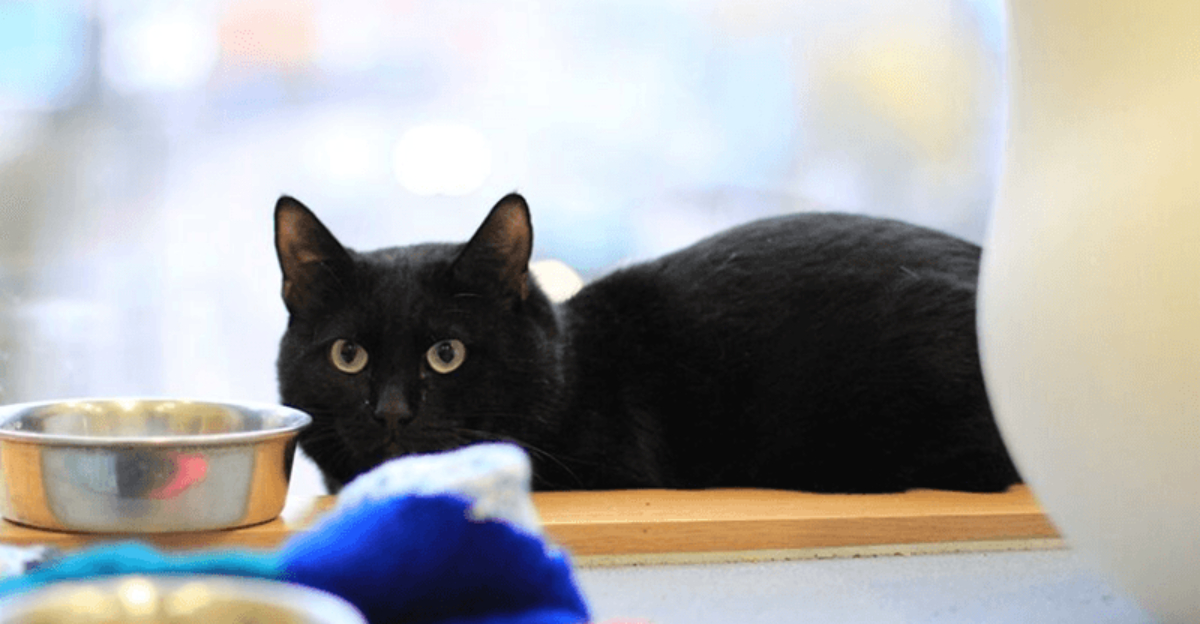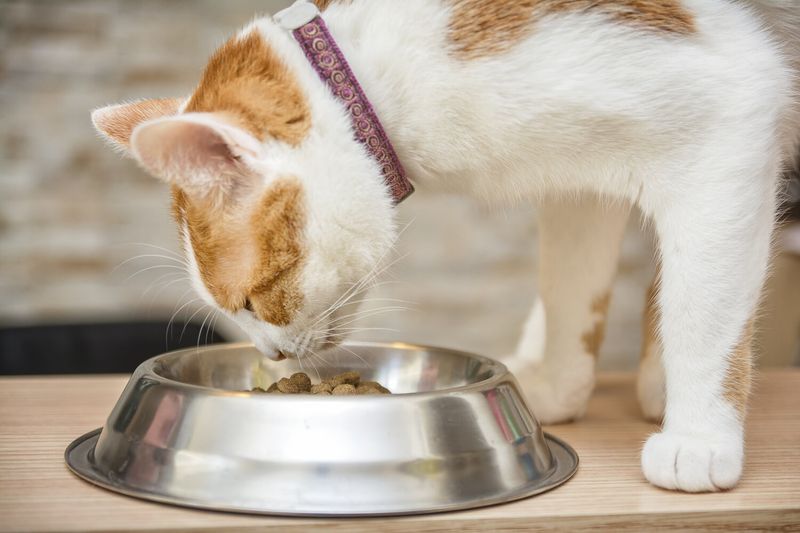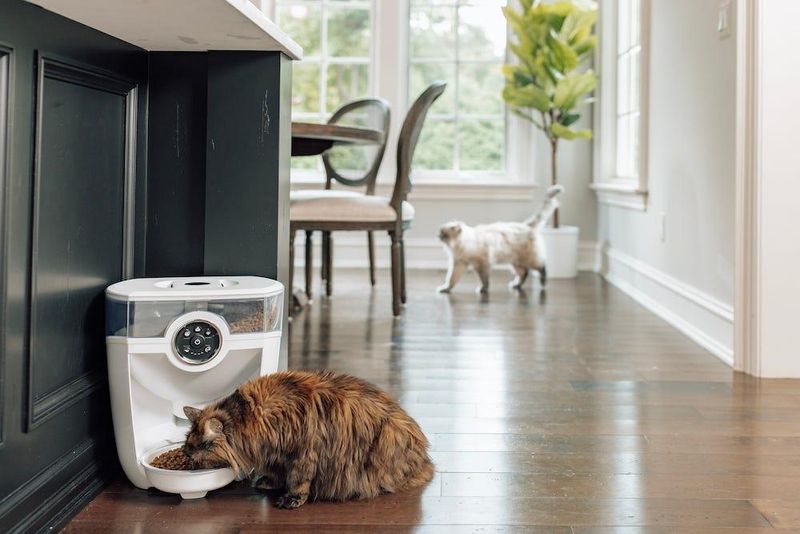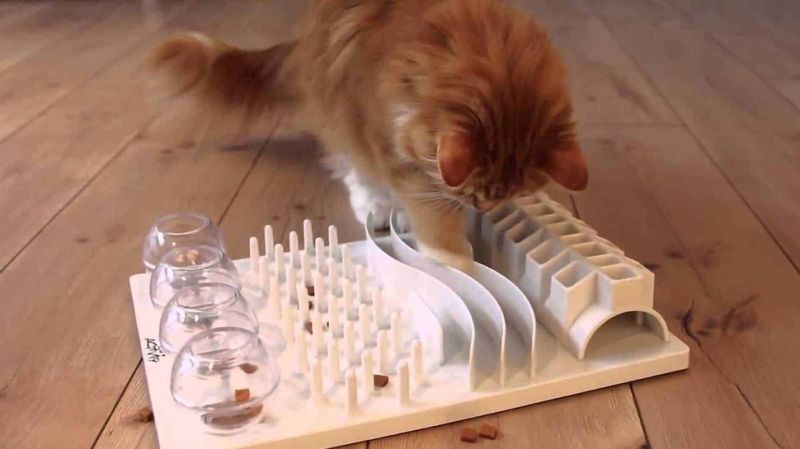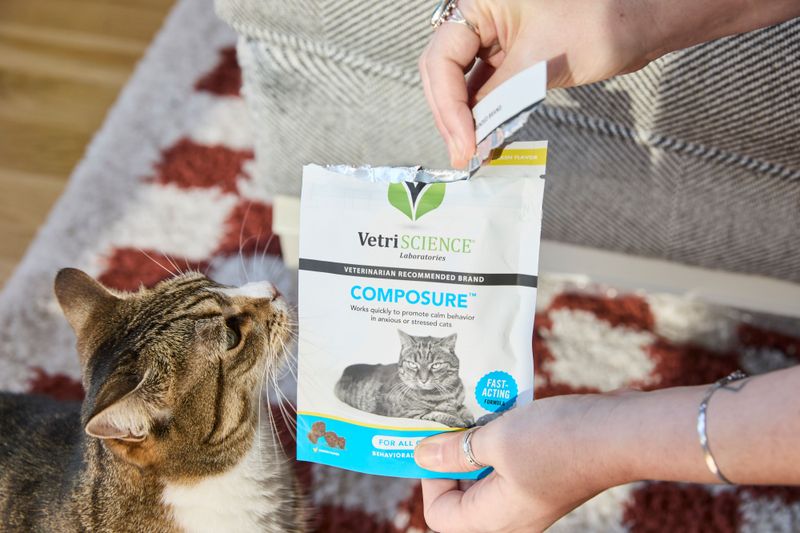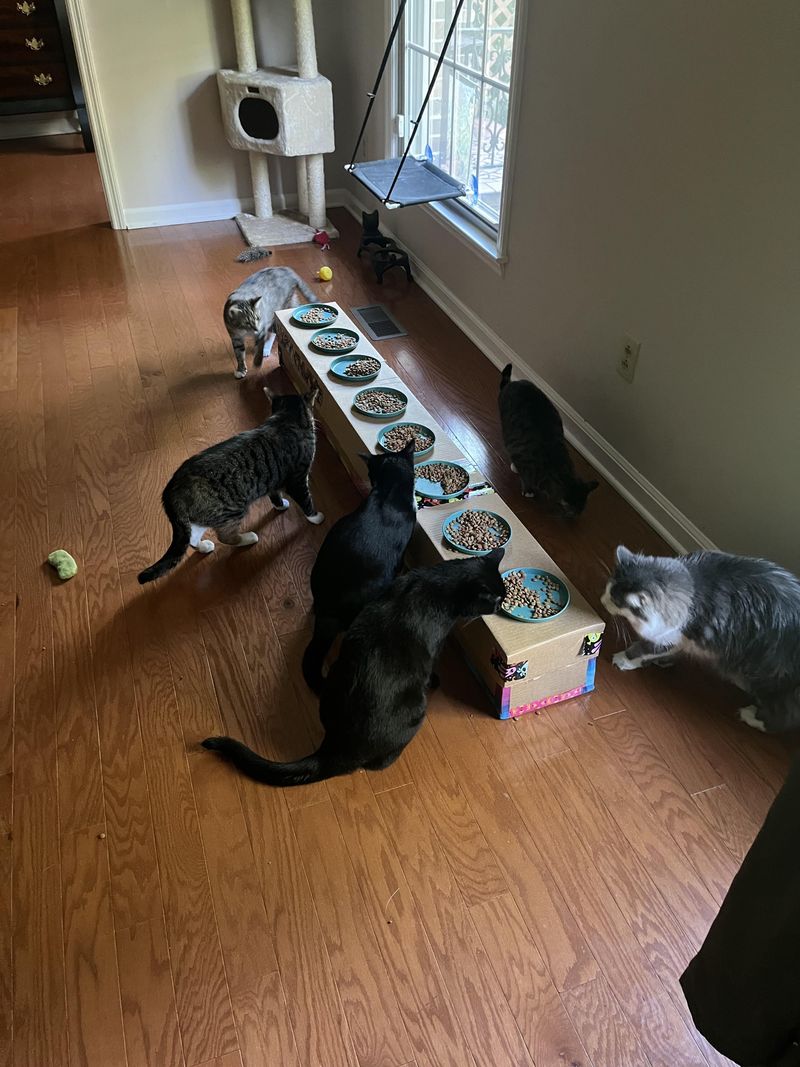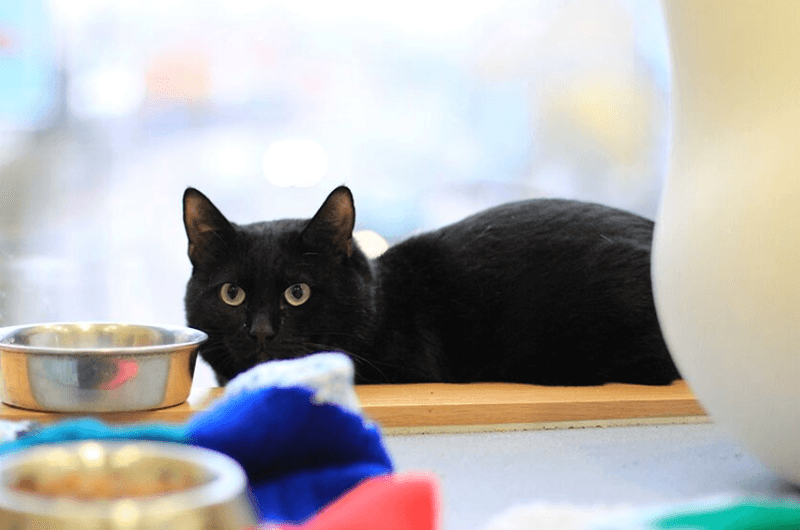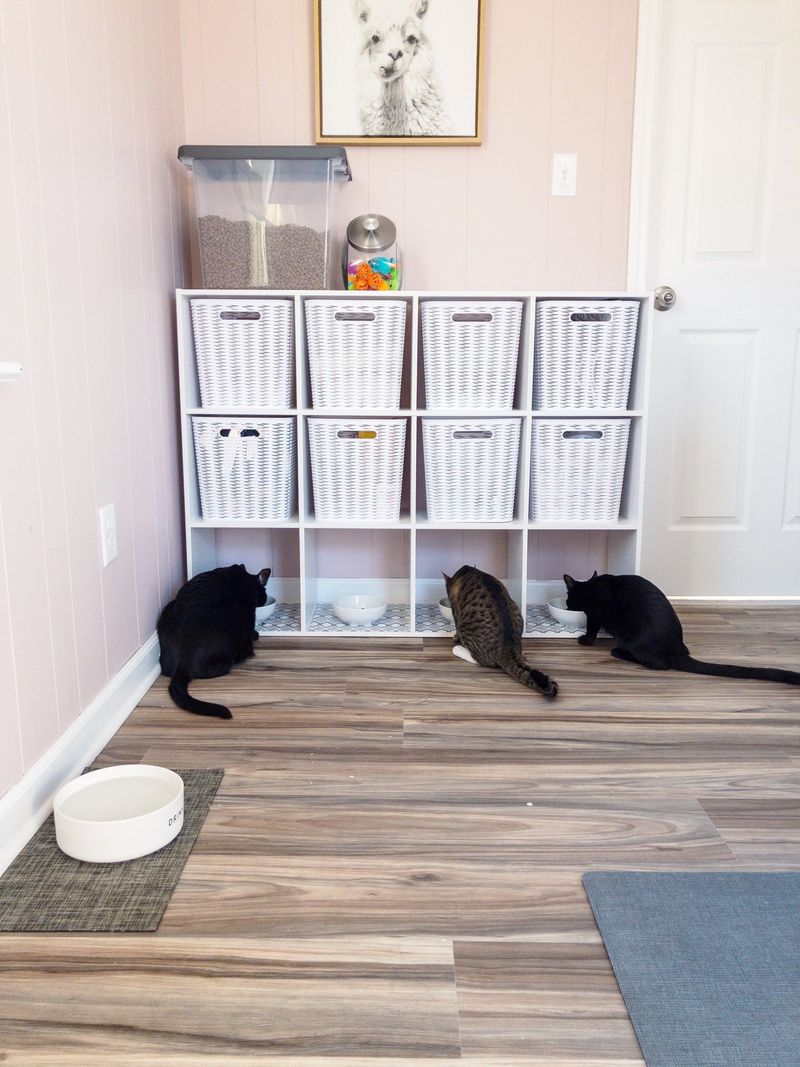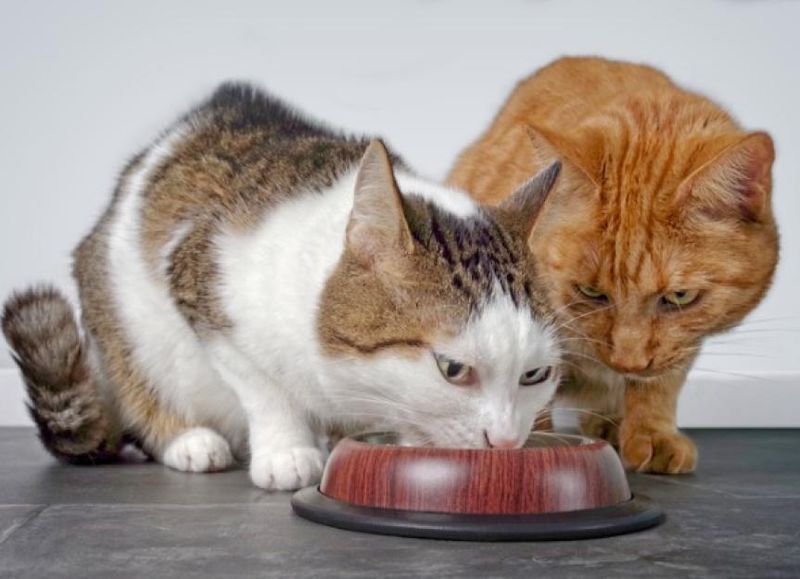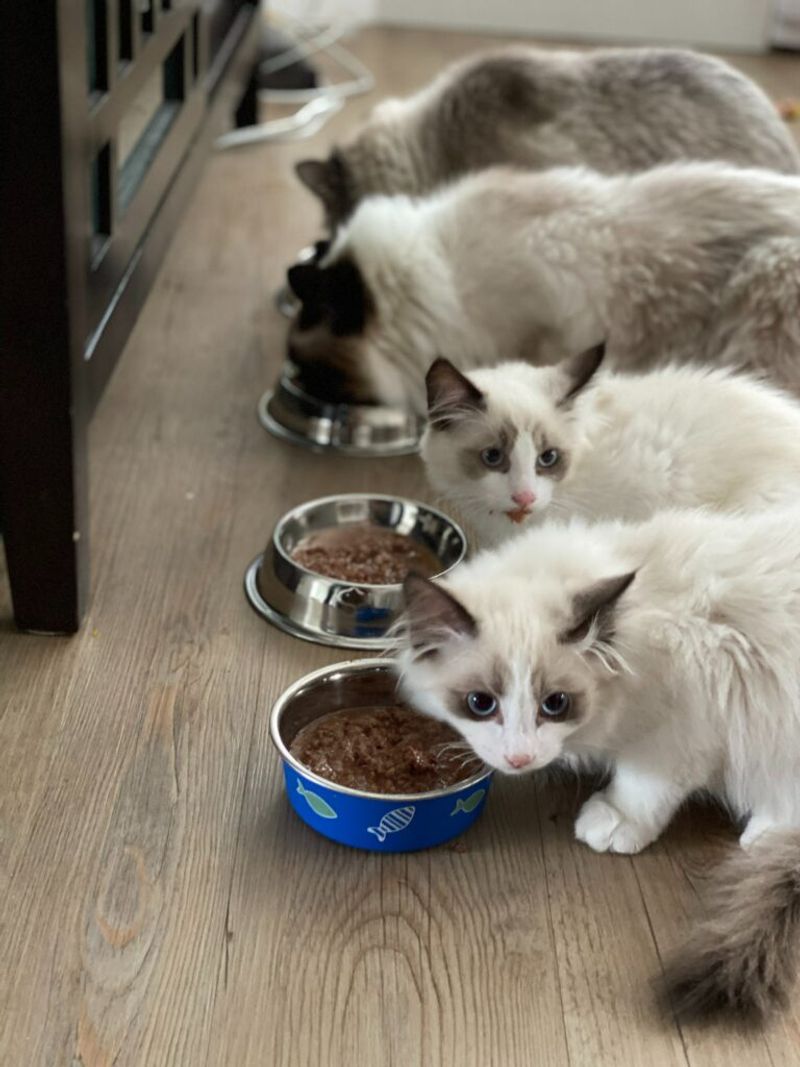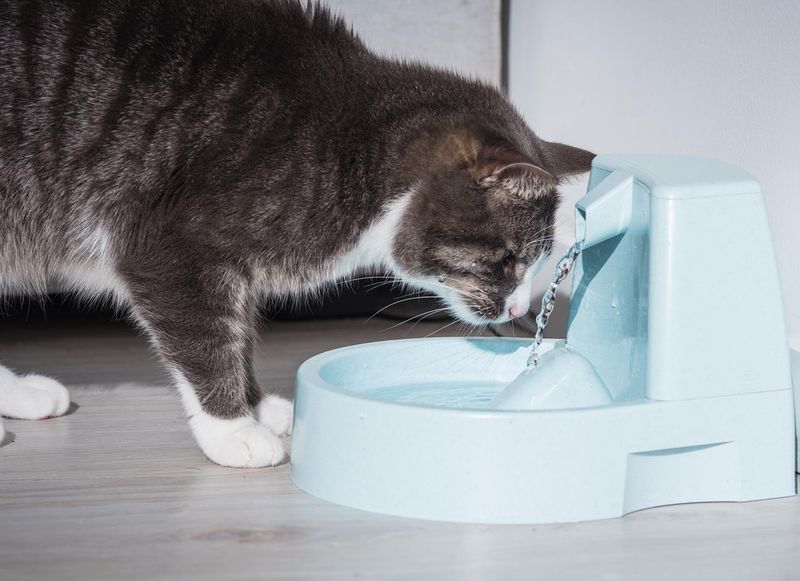📖 Table of Content:
- 1. Set a Consistent Schedule
- 2. Create a Quiet Feeding Space
- 3. Use Puzzle Feeders or Slow Bowls
- 4. Incorporate Calming Cues
- 5. Give Them Space and Time
- 1. Free-Feeding All Day
- 2. Feeding Near the Litter Box or Washer/Dryer
- 3. Changing Foods Too Often
- 4. Feeding with Other Pets Present
- 5. Hovering or Staring During Meals
For most cat parents, mealtime seems simple—fill a bowl, call your cat, and let them eat. But for cats dealing with anxiety, the process can feel overwhelming, unpredictable, and even frightening. Small environmental triggers or inconsistent routines can turn nourishment into a daily source of stress.
An anxious cat may pace, hide, refuse to eat, or overeat in response to those stressors. The good news? Mealtime rituals can be transformed into soothing, secure experiences that help your cat feel safe and relaxed. With a few mindful adjustments, your cat can come to associate food with calm rather than chaos.
This guide offers two essential checklists: five steps to build a peaceful mealtime routine—and five common habits that might be unknowingly adding stress. Together, they create a holistic approach to feeding your anxious cat in a way that honors their emotional needs and unique sensitivities.
1. Set a Consistent Schedule
Establishing regular mealtimes brings stability to a cat’s world. When meals happen at the same time every day, it creates a rhythm that anxious cats can rely on. Predictability reduces uncertainty, which is often a root cause of feline stress. You can use alarms or a feeding timer to reinforce the schedule, especially if you’re away during the day. Even small delays in feeding can throw off a sensitive cat, so consistency is key. Over time, your cat will begin to anticipate meals calmly, rather than anxiously watching your every move. By anchoring the day with food-based routines, you offer your cat a foundation of trust.
2. Create a Quiet Feeding Space
Choosing the right feeding environment makes a big difference. Avoid placing food bowls in areas with foot traffic, loud appliances, or other pets that might intrude. A quiet corner or tucked-away spot provides the mental and physical distance your cat may crave. If you’re able, try feeding near cozy hideouts or in a room they already associate with safety. Keeping it dimly lit or using soft lighting can enhance the sense of calm. Think of this space as a “cat dining sanctuary,” where nothing disrupts the moment. Cats are naturally cautious, so minimizing distractions allows them to focus solely on eating.
3. Use Puzzle Feeders or Slow Bowls
Introducing a puzzle feeder can change the game for anxious eaters. These tools engage your cat’s natural hunting instincts, giving them a task to focus on instead of their nerves. Slower eating also helps prevent gulping, which can sometimes lead to vomiting or tummy aches. You’ll find that mealtime becomes more mentally enriching, transforming from a stressor into a soothing activity. Different styles—from simple mats to complex treat mazes—offer a range of challenges. Experiment with a few to see what your cat enjoys most. By encouraging exploration, you redirect anxiety into purposeful movement.
4. Incorporate Calming Cues
Building a ritual means layering in sensory signals that say “it’s safe now.” Soft music, calming pheromone sprays, or even using the same phrase each time you feed can help establish this association. Over time, these cues become familiar, acting like a gentle “mealtime lullaby” for your cat’s nervous system. Avoid sudden changes—keep the tone, scent, and ambiance consistent across meals. Your cat’s brain begins to pair these elements with positive feelings and calm anticipation. This kind of ritualization is especially helpful for rescue or trauma-affected cats. Soothing cues become part of the healing.
5. Give Them Space and Time
Let your cat eat in peace without hovering nearby. Many anxious cats feel vulnerable while eating, and having someone stand over them can trigger fight-or-flight instincts. Once you serve the food, take a few steps back or leave the room altogether. Give them enough time—some cats will take several minutes before they even approach the bowl. If they’re hesitant, wait patiently rather than trying to coax them. Respecting their space shows you understand their comfort zone. Over time, this trust will help reduce hesitation and build confidence.
1. Free-Feeding All Day
Leaving food out all the time might seem convenient, but it can actually cause more stress. Without structured mealtimes, your cat has no reliable food rhythm to look forward to. Anxious cats may pick at food out of nervousness or skip eating altogether. Overeating is also a risk, which can lead to weight gain and associated health issues. Instead, portioned meals at set times help create dependable food access. This structure builds emotional security and encourages healthy appetite patterns. Let go of the all-day buffet and bring back balance.
2. Feeding Near the Litter Box or Washer/Dryer
Placement matters, and feeding near unpleasant or noisy zones can backfire. Litter boxes give off smells that naturally deter eating, and loud machines add unpredictable bursts of stress. When mealtime and bathroom areas overlap, cats can become confused or avoid both. Seek out clean, quiet places far from these stressors to encourage calm eating. If space is limited, use partitions or closed doors to create boundaries. Think about how your cat experiences the space—not just how it looks to you. Environment matters more than we often realize.
3. Changing Foods Too Often
Frequent food switches can upset more than just your cat’s stomach. Every change introduces a new texture, smell, or taste, and for an anxious cat, this inconsistency feels like instability. Sudden changes can lead to food refusal or gastrointestinal upset. If you must change food (due to health or availability), always transition gradually over 7–10 days. Keep in mind that consistency builds confidence, especially for cats with past trauma or health sensitivities. Once you find a food that works, stick with it. Routine here equals reassurance.
4. Feeding with Other Pets Present
Group feeding may look harmonious from the outside—but many cats feel competition or tension when eating near others. Dominant animals might intimidate more timid ones, even without overt aggression. Anxious cats often prefer solitude to eat at their own pace without pressure. If your household has multiple pets, consider feeding them in separate rooms or behind closed doors. This simple change can significantly lower stress levels and prevent future food-related behavior issues. Creating individual mealtime rituals supports each pet’s emotional wellbeing. Peace often begins with a little personal space.
5. Hovering or Staring During Meals
While your intentions may be loving, standing over your cat as they eat can make them feel watched—or worse, judged. Eye contact and looming body presence can come off as threatening to sensitive cats. Try to trust the process: once you’ve provided food and the right conditions, step away. Observe from a distance if you must, or set up a camera if you’re worried about eating habits. Giving your cat the space to eat undisturbed shows respect for their boundaries. In return, you’ll likely see more relaxed, confident eating behavior.
